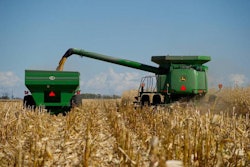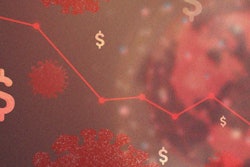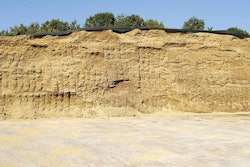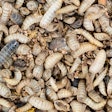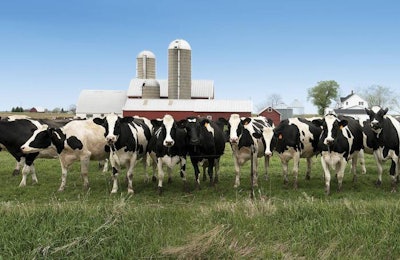
Study finds eliminating dairy products decreases emissions, but also results in nutritional deficits
Eliminating the entire herd of U.S. dairy cows would have a minimal impact on greenhouse gas emissions, but it would result in a significant reduction of nutrients in the human diet, according to new research from Virginia Tech and the U.S. Department of Agriculture.
The study, published in the Journal of Dairy Science, attempted to model real-world outcomes in the event regulatory action or change in consumer behavior resulted in the elimination of U.S. dairy farming. It concludes that the removal of dairy cattle from agricultural systems would likely reduce national greenhouse gas emissions by just .7%, while significantly reducing the availability of key nutrients.
According to the study, dairy products provide more than half the vitamin B12 available for human consumption in the U.S., as well as substantial percentages of the protein, calcium, and vitamins A and D consumed by Americans.
The study was the continuation of work that began in 2017, according to Robin White, one of the authors on the paper and an associate professor of animal and poultry sciences at Virginia Tech. While previous work had tried to estimate the environmental footprint of livestock, White’s team wanted to focus on the systemwide impact of radical changes in the U.S. diet. To do that, they narrowed the scope of their study to focus specifically on dairy, which previous research suggested was more efficient in terms of environmental impact, and the source of significant nutrition for many Americans.
Researchers examined three primary scenarios. In one scenario, researchers assumed something like a federal mandate resulted in the mass slaughter of all U.S. dairy cattle. In another, dairy production ended in its entirety, but the cattle were allowed to depopulate naturally while retiring to pastureland. In a final scenario, the consumption of dairy products ended in the U.S., but dairy farms continued to operate, selling products for non-human consumption and for international export.
Although the retirement scenario resulted in the greatest reduction of emissions, none of the scenarios resulted in more than a single percentage decline in U.S. greenhouse gas emissions, according to The elimination of dairy products from U.S. diets also resulted in deficiency of key nutrients.
The only scenario which did not result in nutritional deficits required that the U.S. convert all cropland currently dedicated to producing cattle feed to fruit and vegetable production, White said. However, this scenario also resulted in an increase in greenhouse gas emissions, mostly due to the increased need for fertilization. White also questioned whether this scenario were feasible, given most land dedicated to feed production is not suitable to growing vegetables.
“Fruits and vegetables tend to be high-value crops,” she said. “If we had more land to produce them, we probably already would have converted it.”
White said the results suggest that reduced environmental impact and the production of more nutritional diets for humans are competing objectives that agricultural systems must carefully balance.
“We seem to be in a fairly good steady state between those objectives in our current system,” White said.
Further improvements to both sides of the equation, White said, are more likely to result from ongoing improvements in dairy industry efficiencies, and possibly in better communication with consumers about agricultural practices that can reduce environmental harm.

